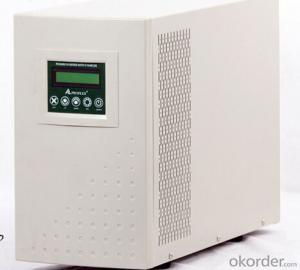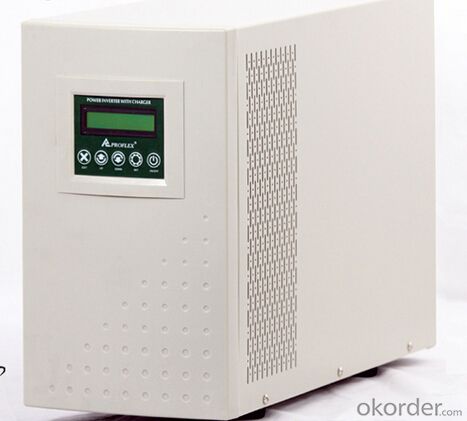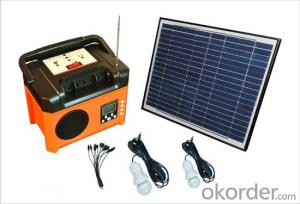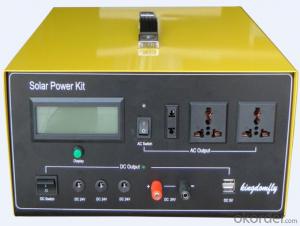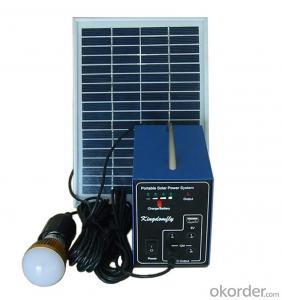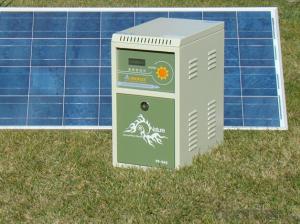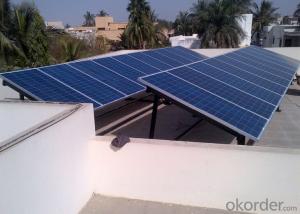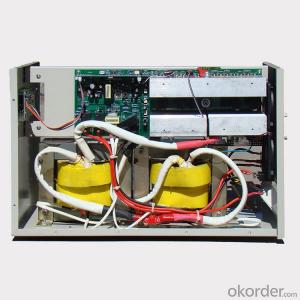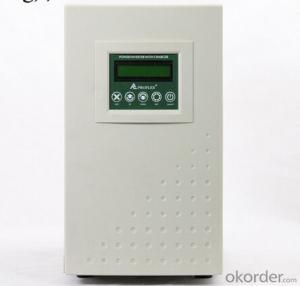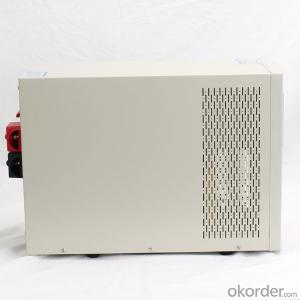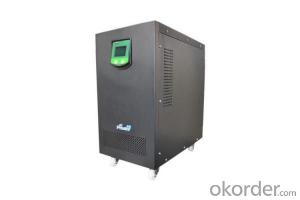Solar Energy Systems Phoenix Az - Off Grid Solar Power System PR-SAS300B with Battery Tank 300W
- Loading Port:
- Tianjin
- Payment Terms:
- TT OR LC
- Min Order Qty:
- 10 pc
- Supply Capability:
- 10000 pc/month
OKorder Service Pledge
OKorder Financial Service
You Might Also Like
Specification
Specifications
1.Supply 2 work modes: to save electricity bill or to supply long time power backup.
2. Supply battery tank,high integrated.
Warranty
provides a 1~3 year limited warranty (“Warranty”) against defects in materials and workmanship for its Uninterruptible power supply, Power inverter/chargers, Solar charge controllers, Battery Products (“Product”).
The term of this Warranty begins on the Product(s) initial purchase date, or the date of receipt of the Product(s) by the end user, whichever is later. This must be indicated on the invoice, bill of sale, and/or warranty registration card submitted to us. This Warranty applies to the original MUST-Solar Product purchaser, and is transferable only if the Product remains installed in the original use location.
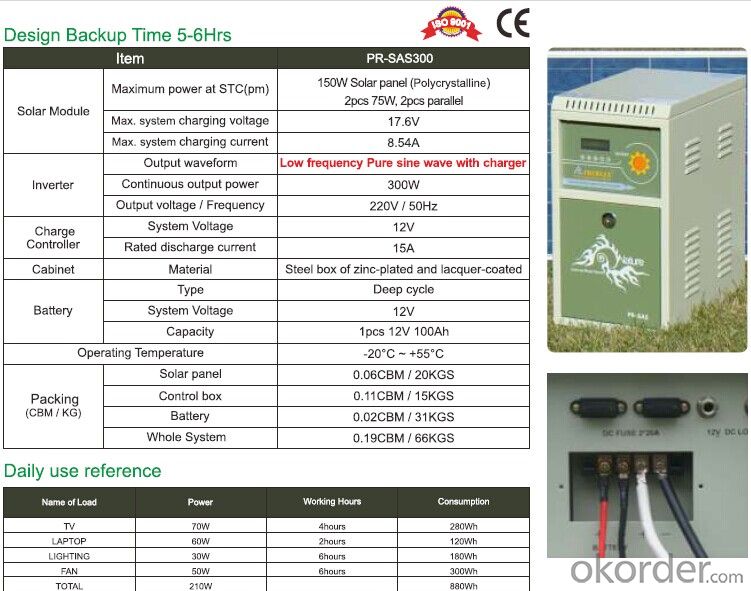

FAQ
1. How fast will my system respond to a power outage?
Our solar inverters typically transfer to battery power in less than 16 milliseconds (less than 1/50th of a second).
2. What kind of batteries do the systems include?
Our solar backup electric systems use special high-quality electric storage batteries.
3. How do I install my system?
A solar backup inverter is connected to a home electric system , we will supply detailed installation manual and videos for our customers .
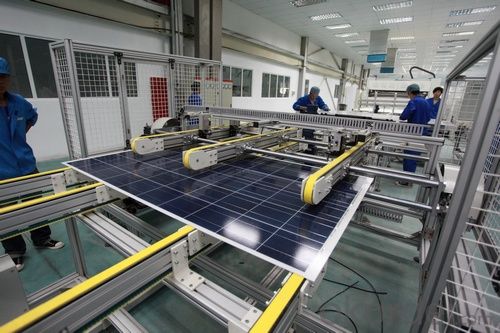

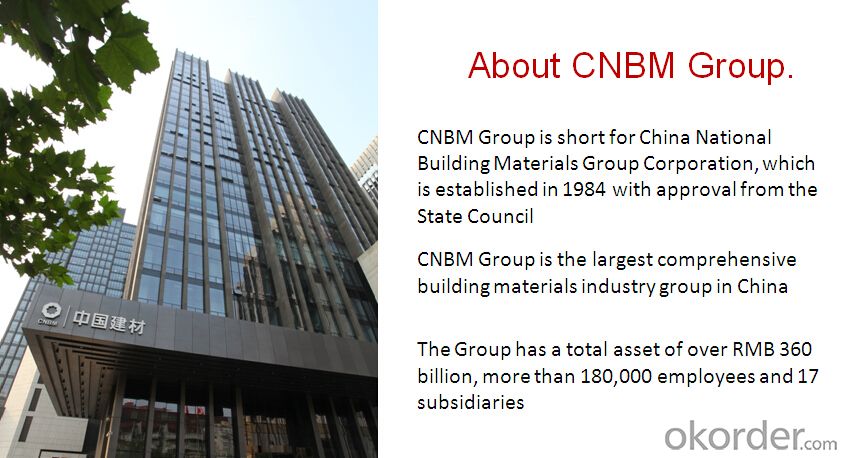

- Q: Are there any tax credits available for installing solar energy systems?
- Yes, there are tax credits available for installing solar energy systems. The federal government offers the Investment Tax Credit (ITC), which provides a credit of 26% of the total cost of the solar system installed. Some states also offer their own tax credits, incentives, or grants for solar installations. It is advisable to consult a tax professional or contact local authorities to determine the specific credits available in your area.
- Q: What is net metering and how does it work with solar energy systems?
- Net metering is a billing arrangement that allows solar energy system owners to receive credit for the excess electricity they generate and feed back into the grid. With net metering, when a solar energy system produces more electricity than is being consumed, the excess energy is sent back to the power grid, and the homeowner or business owner receives a credit on their utility bill. This credit can then be used to offset the cost of electricity when the solar system is not generating enough power, such as during nighttime or cloudy days. Essentially, net metering ensures a fair and efficient exchange of electricity between the solar system owner and the utility company, making solar energy systems more economically viable and accessible.
- Q: Can solar energy systems be used for powering security cameras?
- Yes, solar energy systems can be used to power security cameras. Solar panels can be installed to capture sunlight and convert it into electricity, which can then be used to power security cameras and other surveillance equipment. This provides a sustainable and cost-effective solution for remote or off-grid locations where traditional power sources may be unavailable or expensive to connect. Additionally, solar-powered security cameras can operate independently and are not affected by power outages, making them a reliable option for continuous surveillance.
- Q: Can solar energy systems be used in areas with limited space on rooftops due to existing equipment or structures?
- Yes, solar energy systems can still be used in areas with limited space on rooftops due to existing equipment or structures. In such cases, alternative solutions can be employed to maximize the utilization of available space. One option is to install solar panels on ground-mounted systems instead of rooftops. These systems can be placed in open areas adjacent to buildings or even on unused land nearby. Additionally, solar canopies or awnings can be installed in parking lots or other open spaces to generate solar power. These structures can be designed to provide shade and shelter while simultaneously harnessing solar energy. Thus, even in areas with limited rooftop space, there are various creative options available to implement solar energy systems.
- Q: Can solar energy systems be used for powering electric vehicle solar charging roads?
- Yes, solar energy systems can be used for powering electric vehicle solar charging roads. Solar panels can be installed alongside or on top of the charging roads to harness energy from the sun and convert it into electricity. This electricity can then be used to power the charging infrastructure for electric vehicles, allowing them to charge their batteries while driving. Additionally, excess energy generated by the solar panels can be stored in batteries or fed back into the grid, ensuring a continuous and sustainable power supply for the charging infrastructure. This combination of solar energy and electric vehicle charging roads can help reduce the dependence on fossil fuels and promote the use of renewable energy in the transportation sector.
- Q: Can a solar energy system be connected to the grid?
- Yes, a solar energy system can be connected to the grid. In fact, many solar energy systems are designed to be grid-tied, allowing excess electricity generated by the system to be fed back into the grid. This enables homeowners and businesses to earn credits for the surplus energy produced and use it when their solar panels are not generating electricity, such as during nighttime or cloudy days. Grid connection also provides a reliable backup power source when solar production is insufficient.
- Q: Can solar energy systems be used in conjunction with wind energy systems?
- Yes, solar energy systems can be used in conjunction with wind energy systems. This combination is often referred to as hybrid renewable energy systems. By integrating both solar and wind technologies, it becomes possible to capture energy from multiple sources, enhancing overall system efficiency and reliability. This hybrid approach allows for a more consistent and reliable energy supply, as solar energy tends to be more abundant during the day, while wind energy is typically more prevalent at night or during certain weather conditions.
- Q: Can solar energy systems be used in remote locations?
- Yes, solar energy systems can be used in remote locations. Solar panels can be installed in areas with no access to electricity grids, providing a reliable source of clean energy. The abundant sunlight in remote locations makes solar power an efficient and sustainable solution for meeting energy needs. Additionally, advancements in battery storage technology allow solar energy to be stored and used during nighttime or cloudy periods, further enhancing its suitability for remote areas.
- Q: Can a solar energy system withstand extreme weather conditions?
- Yes, solar energy systems are designed to withstand extreme weather conditions. They are built using durable materials and are tested to ensure they can withstand high winds, heavy rain, and even hailstorms. Additionally, solar panels are designed to be weather-resistant and are installed securely to withstand severe weather events. Overall, solar energy systems are built to be resilient and can continue to function efficiently even in extreme weather conditions.
- Q: Are there any insurance requirements for installing a solar energy system?
- Yes, there are insurance requirements for installing a solar energy system. While the specific requirements may vary depending on the location and individual circumstances, it is generally recommended to have appropriate insurance coverage in place when installing a solar energy system. This is important as it helps protect your investment and provides financial security in case of any unexpected damages or accidents. One of the most common insurance requirements for solar energy systems is property insurance. This covers any damage or loss to the physical components of the system, such as solar panels, inverters, and batteries. Property insurance typically protects against risks like fire, theft, vandalism, and natural disasters. Additionally, liability insurance is often necessary when installing a solar energy system. This coverage helps protect you from potential legal claims arising from accidents or injuries that may occur during the installation or operation of the system. Liability insurance may also provide coverage for any damage caused to neighboring properties. In some cases, if you are financing your solar energy system through a loan or lease, the lender or leasing company may require specific insurance coverage as a condition of the agreement. These requirements may include certain coverage limits, additional insured endorsements, or even specific insurance providers. It is important to consult with your insurance provider and solar installer to ensure that you have the appropriate insurance coverage in place before installing a solar energy system. They will be able to guide you through any specific requirements or recommendations based on your location and individual circumstances.
Send your message to us
Solar Energy Systems Phoenix Az - Off Grid Solar Power System PR-SAS300B with Battery Tank 300W
- Loading Port:
- Tianjin
- Payment Terms:
- TT OR LC
- Min Order Qty:
- 10 pc
- Supply Capability:
- 10000 pc/month
OKorder Service Pledge
OKorder Financial Service
Similar products
Hot products
Hot Searches
Related keywords
